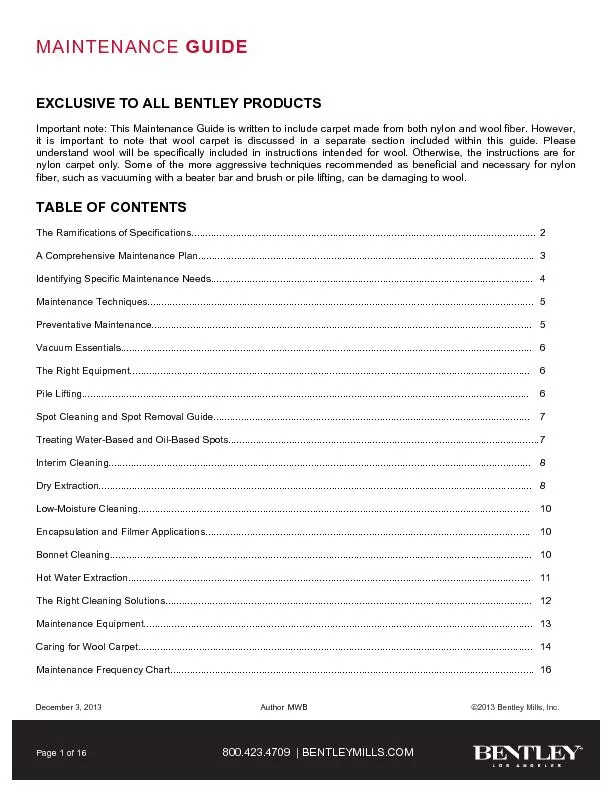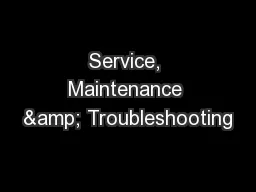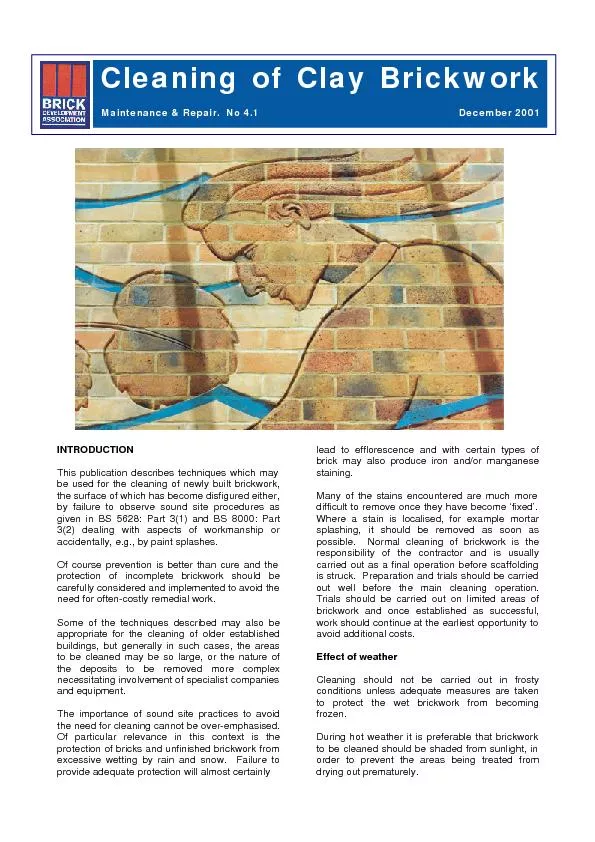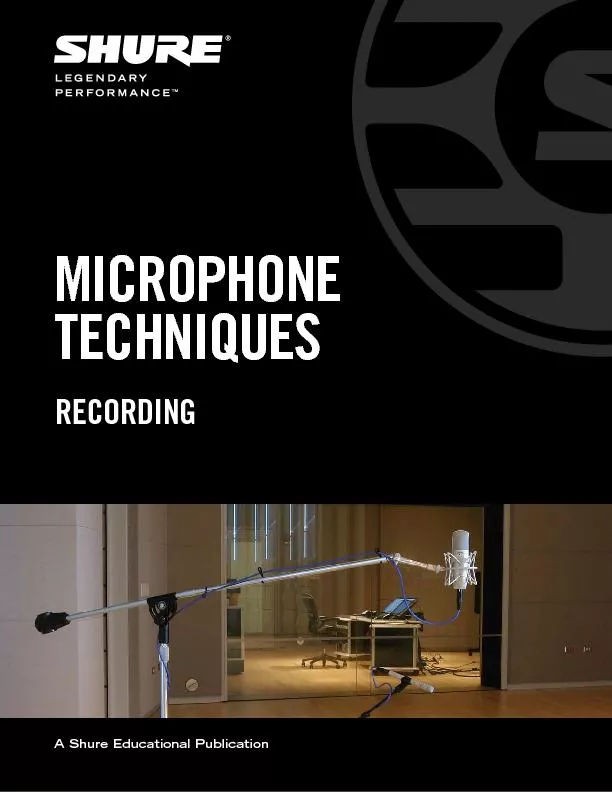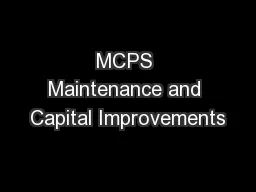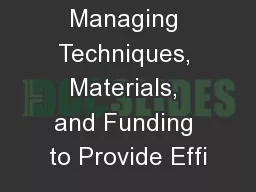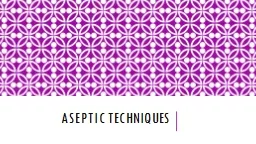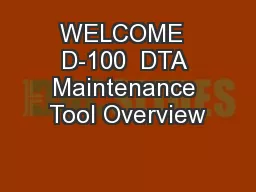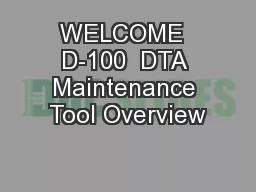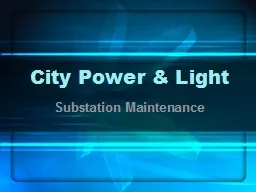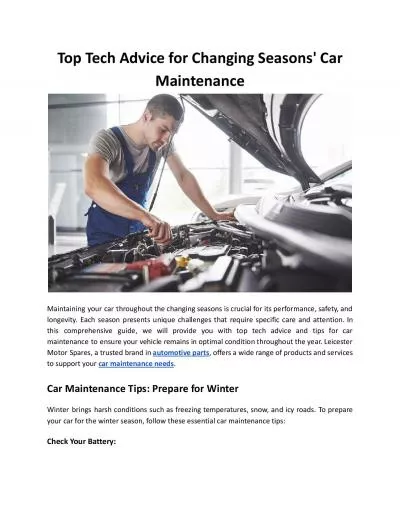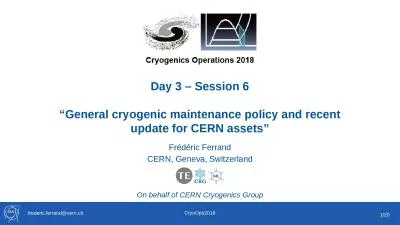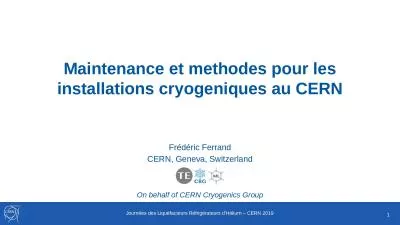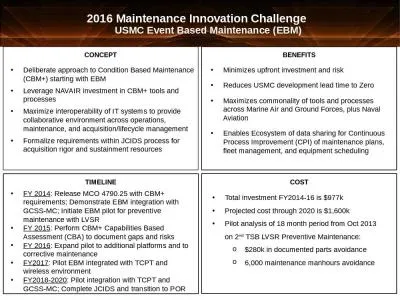PDF-........ 4 Maintenance Techniques....................................
Author : marina-yarberry | Published Date : 2016-05-01
The carpet choice should not be made purely on aesthetics but rather on a wide range of criteria like foot traffic wheel traffic density of occupancy type of soil
Presentation Embed Code
Download Presentation
Download Presentation The PPT/PDF document "........ 4 Maintenance Techniques........." is the property of its rightful owner. Permission is granted to download and print the materials on this website for personal, non-commercial use only, and to display it on your personal computer provided you do not modify the materials and that you retain all copyright notices contained in the materials. By downloading content from our website, you accept the terms of this agreement.
........ 4 Maintenance Techniques....................................: Transcript
Download Document
Here is the link to download the presentation.
"........ 4 Maintenance Techniques...................................."The content belongs to its owner. You may download and print it for personal use, without modification, and keep all copyright notices. By downloading, you agree to these terms.
Related Documents

